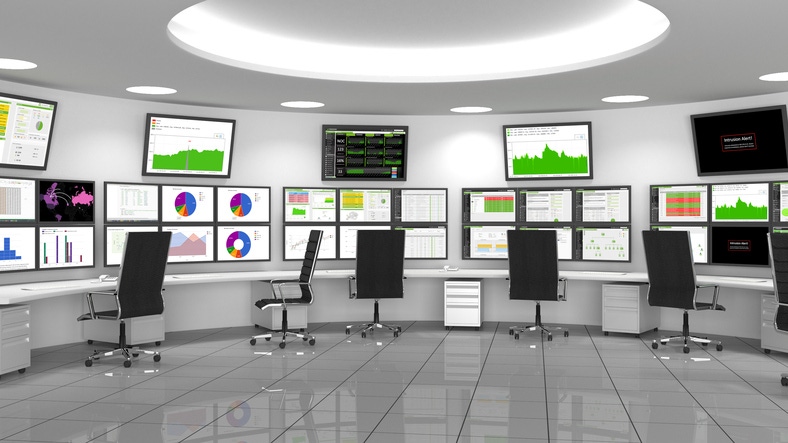How to Modernize Your Log Management, Aggregation and Analysis Strategy
Log management and log aggregation have evolved. We look at how to develop an effective log strategy using real-time analysis, automated response, visualization tools like Grafana and more.

Logs: Whether they're from your servers, switches, apps or something else, they're hard to love.
But logs are more important today than ever – and if you haven't updated your logging strategy recently, you may be missing out on the visibility logs can provide.
Once upon a time – before the cloud, before distributed systems, before microservices and containers and before big data – log management was relatively straightforward.
Each application or machine in your infrastructure produced a log.
You probably did not look at those logs very often.
You only paid attention when you had a problem to research by looking through logs.
Logs, Log Aggregation and Log Management Today
Today, however, logs have become much more than just something you use to figure out why something broke after a problem has occurred.
Logs now provide the basis for the following:
· Real-time detection of availability problems and security threats.
· Automated policy configuration.
· Automated responses to problems.
In other words, logs are the foundation for the real-time, automated workflows that make it possible to host modern workloads at scale.
How to Make the Most of Logs
Because of the complexity of modern environments and the logs they generate, using logs effectively requires a new approach from the one that worked in the 1990s or 2000s.
Today, you need to ensure that you:
· Perform log aggregation by collecting logs from multiple systems or hosts and feeding them to a central location for storage and analysis.
· Use automated analysis tools that can help you understand log information in real time.
· Leverage tools like Grafana to help visualize log data and make it easier to identify long-term trends within your logging information.
· Optimize log format to maximize readability by both humans and machines. The formatting of most types of logs can be configured however you like.
· Insert unique identifiers into your logs so that you know which events correlate with which hosts, users, applications or services. This is especially important — and challenging — in modern environments, where software-defined everything makes it more difficult to map events to objects.
· Retain logs for historical analysis. You probably won't have the resources to hold onto logs forever, but keeping logs around for a while can be helpful for performing historical analysis and review.
A logging strategy that integrates these points will help you to make the most of the logs available to you and to modernize your log management and log aggregation strategy.
About the Author(s)
You May Also Like


